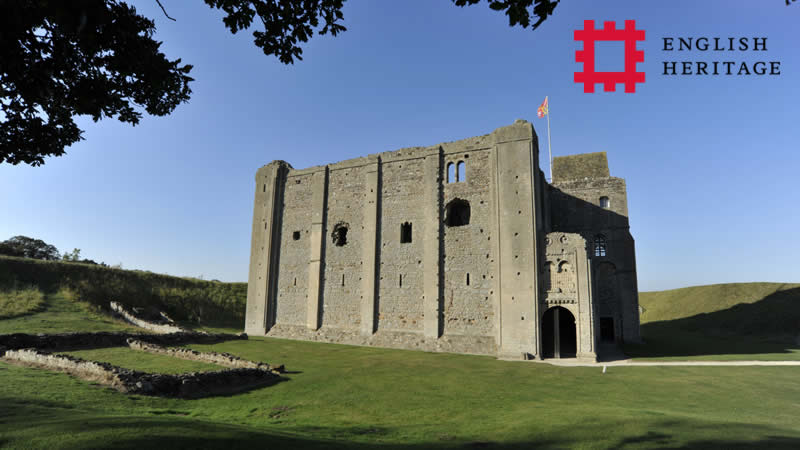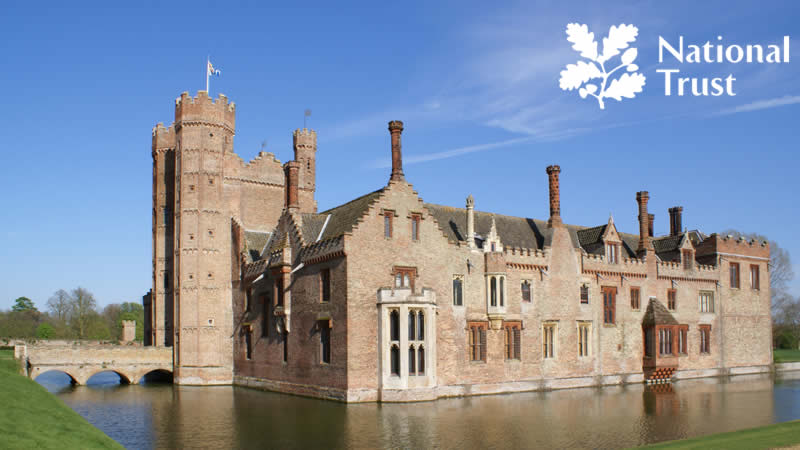Lynn Museum
Published date: April 2020

Lynn Museum is in a former Union Baptist Chapel which was built in 1859 and a schoolroom was later added in 1867 and can be found adjacent to the town’s bus station. The Union Chapel opened to the public in 1904, but Lynn has had a public museum since 1844, founded by members of the Lynn Conversazione and Society of Arts.
Protected in sand, are the remains of a timber circle dating right back to the early bronze age called the Seahenge. Measuring 6.6 metres in diameter, the circle consists of 55 oak posts which originally were 3 meters tall and was found on the shifting sands of Holme beach in 1998.
In one of the museum rooms, you can read about and look at a set of pilgrim badges, and a variety of medieval objects, including stone carvings, tiles and metal works.
In 1643 on the 28th August, the siege of Lynn began, where the town declared its allegiance to King Charles the first, resulting in Oliver Cromwell’s forces encircling the town for a few weeks. Even today, some of the ruins from defensive walls and ditches made during this time are present, and a silver cup filled with shillings thought to be hidden during the civil war are kept in Lynn Museum.
The port of Lynn had a huge role in the development of the west Norfolk economy as ships known as cogs at the time imported fish, cereal, fur, cloth, pitch and many other materials. By the 1600s luxury goods started to be imported from Europe such as wines and sugar, however the silting of the river required massive changes in order to facilitate inland trade. To improve the port, docks were constructed and strengthened and were joined to the new system. Many maritime objects can be seen in Lynn Museum.
Frederick Savage was the son of a weaver, born in the 19th century and was the first to build a steam-driven threshing machine, traction engine and plough for farmers. He also was able to repair showground rides in travelling fairgrounds, before creating rides such as carousels and gallopers, basing his business in the town of Lynn. Dodman’s and Cooper’s were two engineering companies back in the 19th century when Lynn became the centre of a number of specialised industries. The museum holds many artefacts from companies such as these.
Paintings from three major painters, brothers Thomas Baines, Walter Dexter and Henry can be seen in Lynn Museum. Henry Baines was a professional oil painter, known for his pictures of sailing ships, views of his town and fishing fleets and a number of his pieces can be seen in the museum. Walter Dexter was an artist and poet, famous for his illustrations on many brochures and illustrations of Lynn. Thomas Baines was one of the first travellers to Victoria Falls and was well known for his detailed paintings of colonial life in Africa and Australia.
Lynn Museum has a small museum shop for visitors to buy many historical items based on the history of Lynn Museum.
For details on opening times, admission prices and contact details, please visit their website:

The Tolhouse Gaol
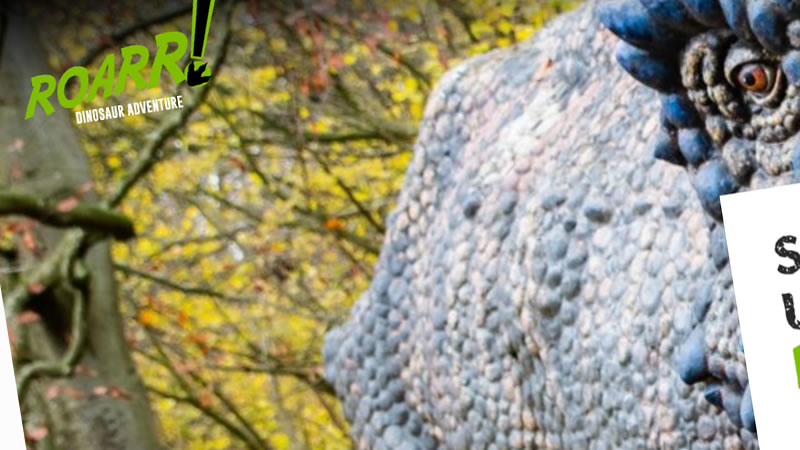
Roarr Dinosaur Adventure

How to make Norfolk Rusks
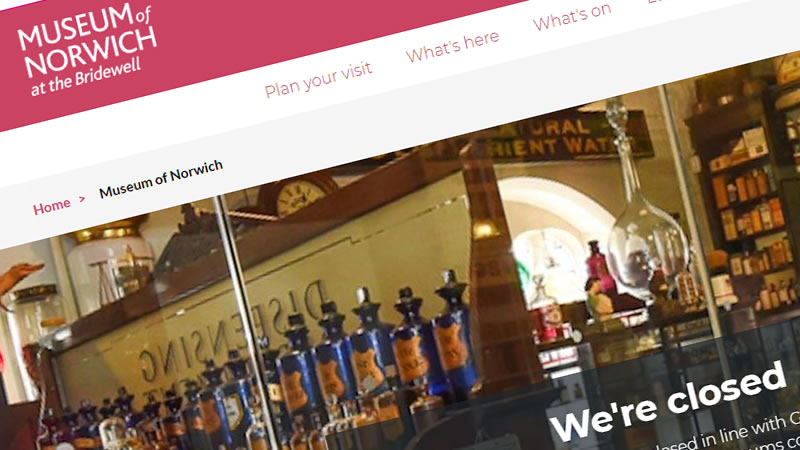
Museum of Norwich - at the Bridewell

Banish those Post Christmas Blues by Getting Out and About in Norfolk

Spotting the elusive Bittern in Norfolk
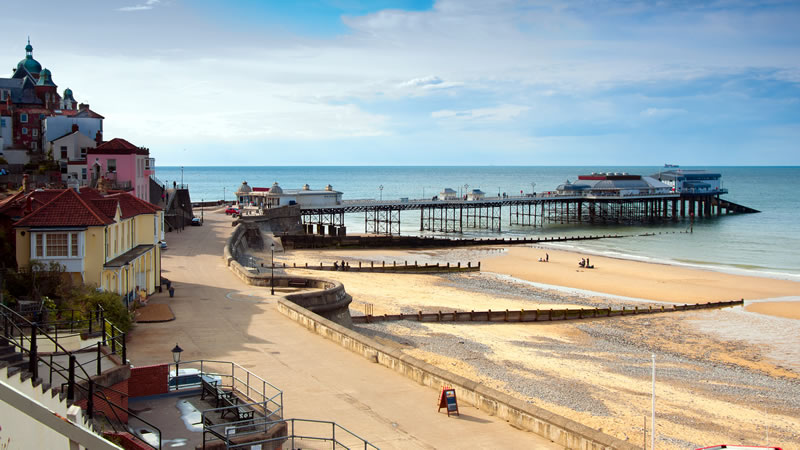
A Day Out in Cromer

Norfolk LGBT + Project

Cinemas in Norfolk Slash their Ticket Prices

Where to go in Norfolk for a Boxing Day Walk

Norfolk Herbs

Auctions in Norfolk
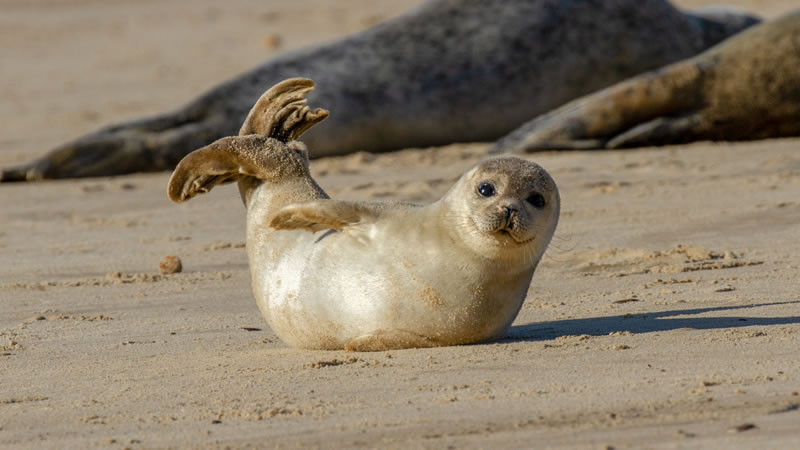
Seal Trips on the North Norfolk Coast
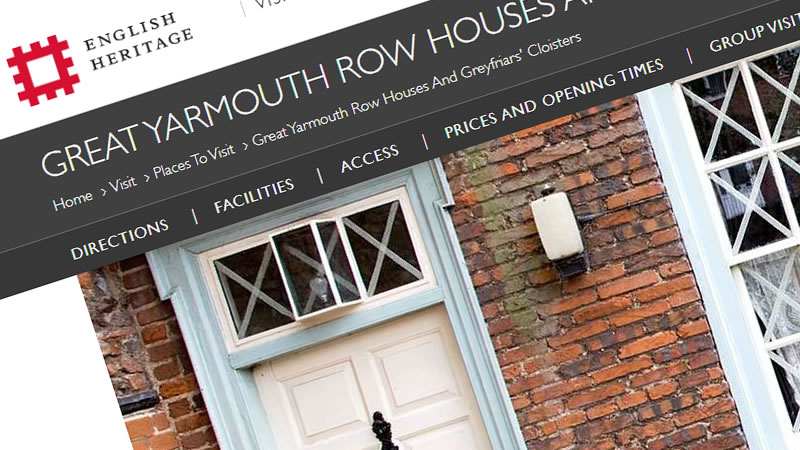
Great Yarmouth Row Houses & Greyfriars' Cloisters


